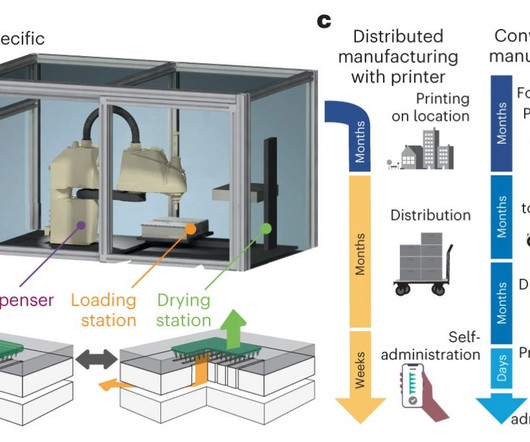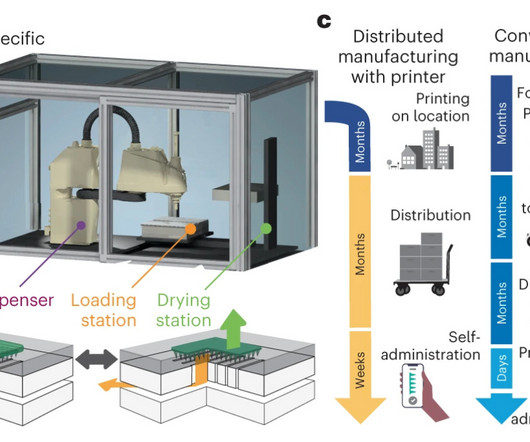Who are the AACR Scientific Achievement Award winners?
Drug Discovery World
APRIL 14, 2023
Kathryn E Wellen, PhD – Outstanding Achievement in Basic Cancer Research Wellen is an investigator at the Penn Epigenetics Institute and Vice Chair and Professor in the Department of Cancer Biology in the Perelman School of Medicine at the University of Pennsylvania. Schreiber’s award lecture will be held on Monday April 17 at 5:30pm ET.














Let's personalize your content